Succulents are popular houseplants because they come in so many sizes, shapes, styles, and colors. There are countless types of succulents to choose from, so it’s easy to find the perfect match for your individual space, whether it’s your desk, plant stand, windowsill, kitchen counter, or anywhere else that could use a little bit of life. By learning how to water succulents properly and as often as required, you’ll be able to provide the best care for these unique plants.
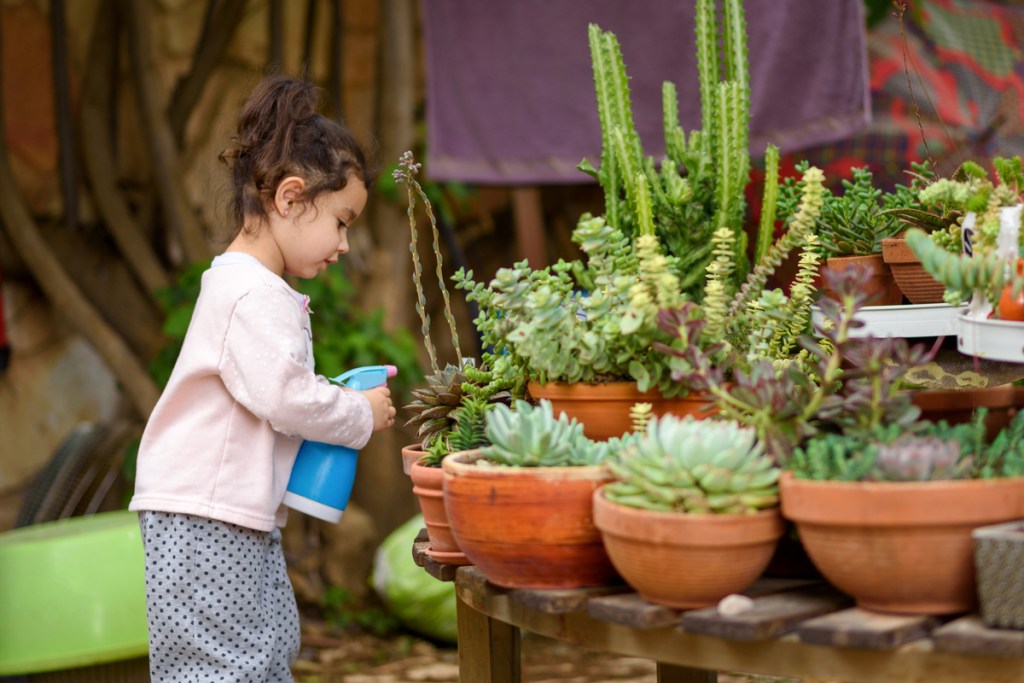
How often should you water succulents in pots?
Succulents are widely considered to be one of the easiest plants to care for, but still, many people don’t know how much water succulents actually need. Because succulents naturally grow in climates with infrequent rain (think desert or near-desert conditions), they’ve adapted in a way that allows them to store water for much longer than regular houseplants. As such, they can’t be watered the same way. Let the soil dry out completely between waterings, then soak the soil when it’s time to water again.
This process generally results in watering your indoor succulents once every two weeks. However, you may find you’ll need to adjust the time between waterings depending on the individual succulent and your climate.
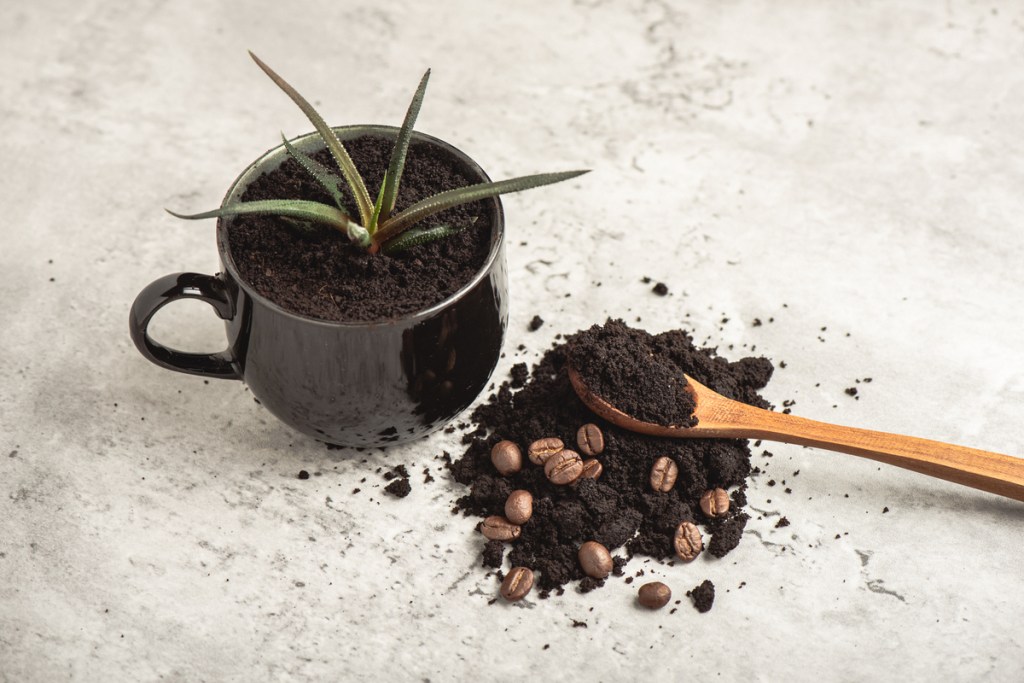
How to pot succulents
In addition to proper watering, you’ll want to be sure your succulents are potted in a container with good drainage. Because succulents are so efficient at retaining water in their fleshy leaves, they’re very prone to root rot.
If the soil can’t drain properly, either because it’s too compact or the pot has insufficient drainage, you risk the succulent sitting in wet soil for too long and drowning or rotting. The leaves can also rot if you get water on them and leave it there for too long. So be careful and direct with your watering!
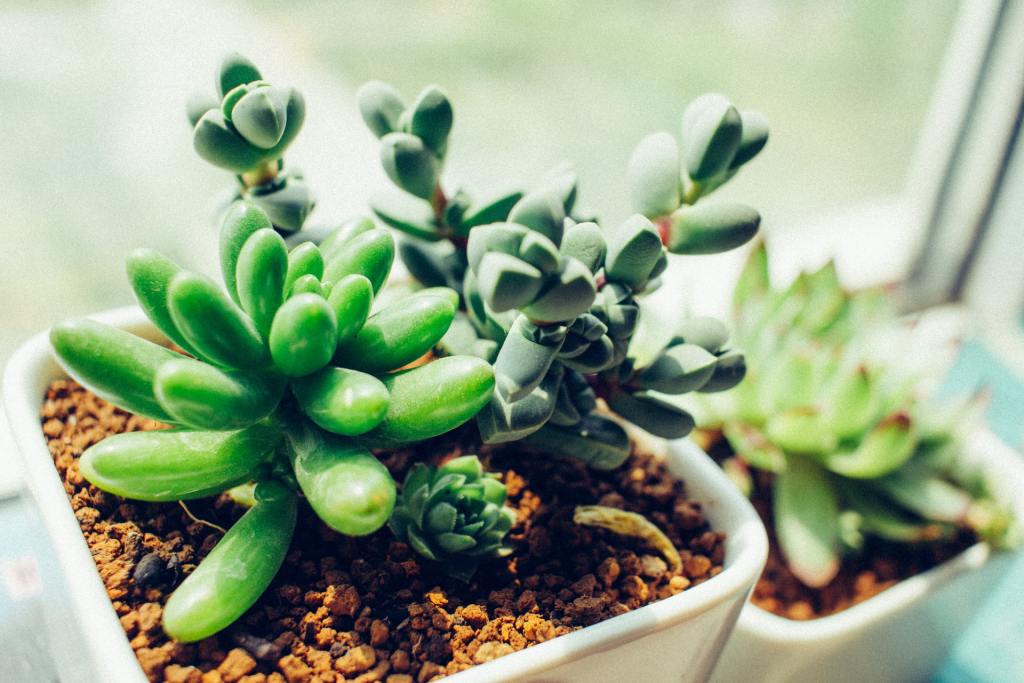
How to know when a succulent needs water
When a succulent needs water will depend on a couple of things: the season and the succulent itself. Like all plants, succulents grow more in certain conditions and less in others. The warmer months are the succulent’s growing period. This is when you’ll want to use the soak-and-dry method once every two weeks.
However, during the cooler months, succulents enter a period of dormancy in which they don’t require as much water. This is when you’ll need to rely more on reading the plant’s signs than following a schedule.
Step 1: Never water a succulent until the soil is completely dry from top to bottom. Otherwise, you risk causing root rot through overwatering. Use a moisture meter that will read the approximate moisture level of your soil. Alternatively, test the weight of the pot in your hand. If it weighs virtually nothing, that’s a good indicator your plant is ready for a swim.
Step 2: During the colder parts of the years, the soil will take longer to dry out because the plant is not actively growing. You may need to wait as long as a month between waterings.
Step 3: Look for shriveling leaves. When the succulent's leaves begin to pucker and shrivel, this indicates that the plant is dry and needs to be watered.
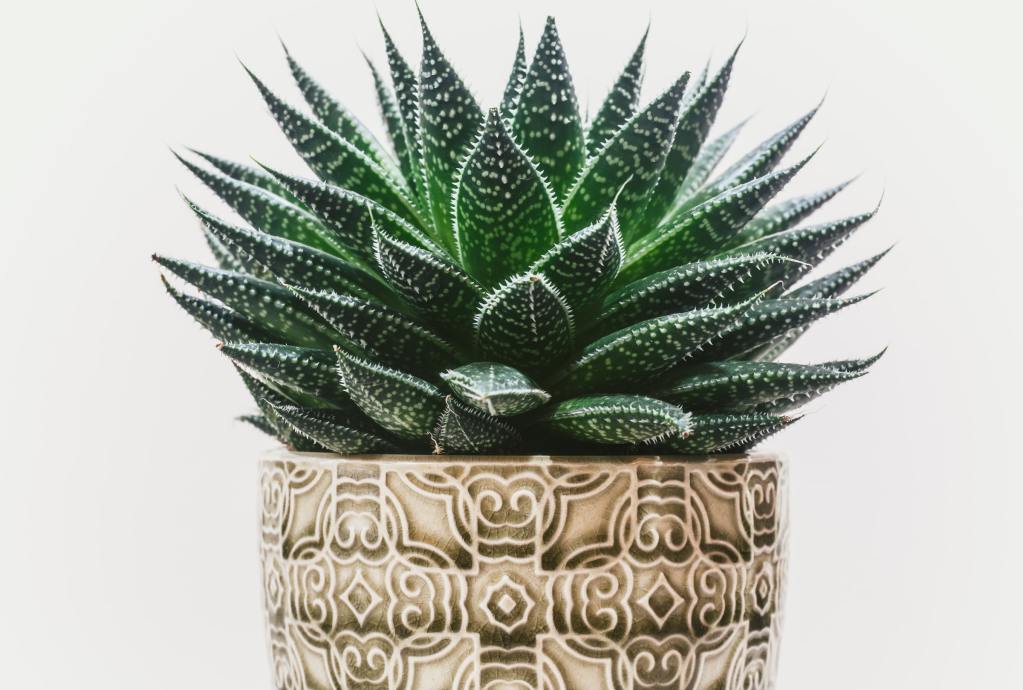
How to water indoor succulents
Now that you know that your succulent has dried out, here's how to give it the water it needs to thrive.
Step 1: If you don't have a moisture meter, use a butter knife, a wooden skewer, or even your finger to test that the soil is dry from top to bottom.
Step 2: Use the soak-and-dry method once every two weeks (approximately) to water your succulents. That means waiting for the plant to completely dry out, then thoroughly soaking it. Wait a couple of weeks or so for it to dry all the way out again, and then repeat.
Step 3: To prevent the plant from rotting due to water sitting on the leaves, and to be sure you soak the soil effectively, use a watering can with a small spout or another type of direct watering method. That way, you’re only soaking the soil around the plant and not the plant itself.
Step 4: If your pot has drainage holes, water the soil until water starts to come out of the drainage hole at the bottom. If your pot doesn't have drainage holes, you can use diamond-tipped bits (which aren’t as expensive as they sound) to drill holes into them, or you can place small garden rocks at the bottom of the pot before planting. The rocks give excess water a place to sit while the soil dries out, and the plant’s roots will eventually soak up the extra water when it’s needed.
Step 5: If the pot you are using doesn't have drainage holes, pay close attention to your succulent's signals that it needs water. The succulent will not need to be watered as often.
Step 6: Be prepared to water succulents less frequently if they do not get a lot of sunlight. Succulents that get a lot of light usually dry out more quickly than those in less sunny spots.
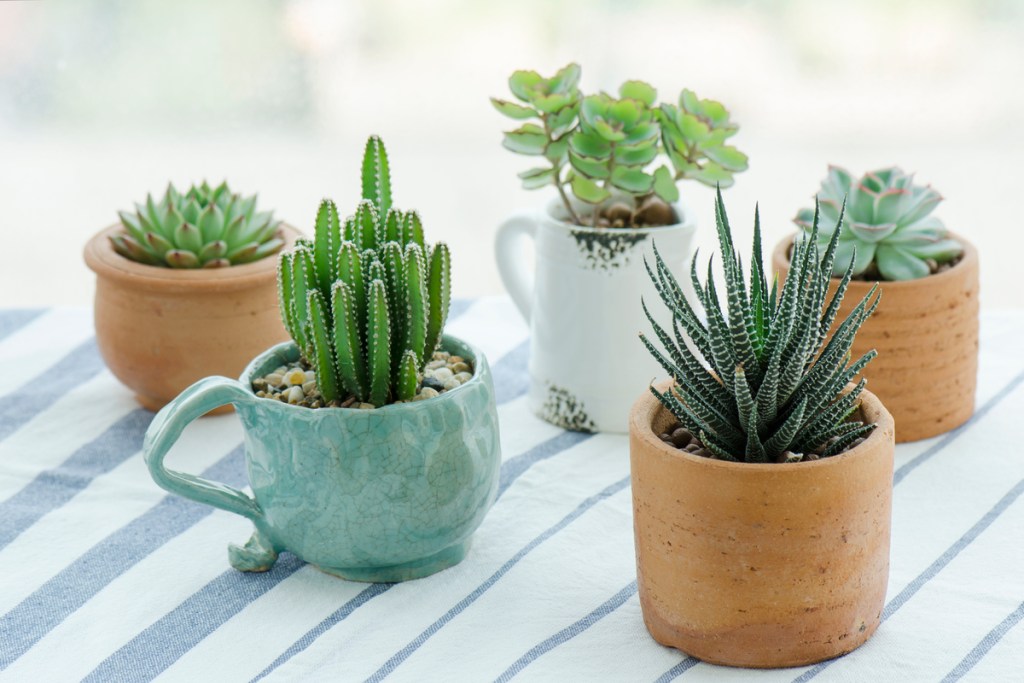
How much water does a small succulent need?
Smaller succulents work best in smaller containers so as long as you follow the above watering method, you should be good to go.
Even if that adorable little pot doesn’t have drainage holes, if you place those rocks in the bottom and pay attention to the signals from your plant, you’ll have no trouble as a succulent parent. Pretty soon, you’ll have a thriving succulent garden. Don’t be shy — propagate their pups and share the love!
Editors' Recommendations
- Everything you need to know about trailing succulents care for lush, thick growth
- How to pick the perfect orchid pots for healthy blooms
- Beyond basil and cilantro, add these unique plants to your indoor herb garden
- Beautiful, low-maintenance pothos varieties to add to your plant collection
- 5 easy-care spider plant varieties perfect for any home garden



